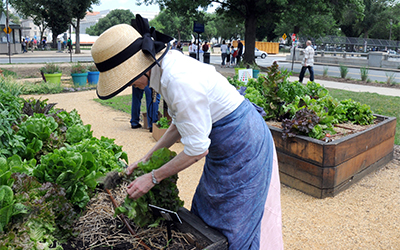
The challenges of sustainably feeding a growing planet
T. W. Hertel
Food Security (1 April 2015)
Feeding the world’s population while ensuring environmental sustainability is one of the world’s ‘grand challenges’. While population and income will remain the most important drivers of global food production, their relative importance will be reversed by 2050, with income growth becoming the dominant force. Energy prices are a wildcard, with continued low prices dampening demand for biofuels and encouraging intensification of production. In contrast, a return to high oil prices could greatly increase pressure to expand cropland. Regional water shortages are likely to constrain irrigated agriculture in many key river basins. However, at global scale, international trade will moderate the impacts of water scarcity on food supplies and prices. The key determinant of global food prices in 2050 will be the rate of overall technological progress in agriculture. Here, there are two competing views of the world. Pessimists point to the slowing rate of yield growth in many key breadbaskets, suggesting this will be exacerbated by climate change. In contrast, optimists argue that overall productivity growth has continued to rise – fueled by record public R&D investments in China, India and Brazil, as well as by the private sector. Reduced food waste and post-harvest losses offers another potential source of food supply. However, future agricultural land use is likely to face increasing competition from environmental services, including carbon sequestration and biodiversity. Understanding these competing demands for global resources will require greater inter-disciplinary research effort, supported by improved global geospatial data and analytical frameworks.